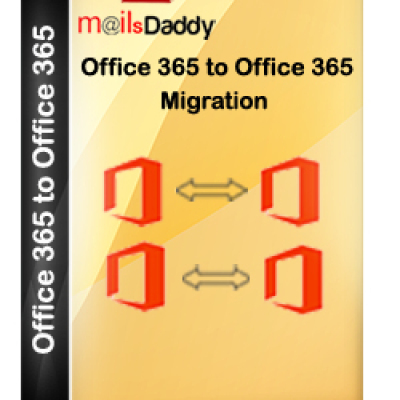Certainly! Chapter 10 of "Introduction to GRASS GIS" explores the realm of geospatial data processing and automation. This chapter delves into the various techniques and tools available in GRASS GIS for automating repetitive tasks and streamlining geospatial data processing workflows.
The chapter begins by introducing readers to the concept of automation in GIS and its significance in increasing efficiency and productivity. It explains the benefits of automating repetitive tasks and the potential time savings it can bring. Readers will gain an understanding of how automation can enhance their geospatial data processing capabilities.
Next, the book covers the automation capabilities of GRASS GIS. It explores topics such as scripting, batch processing, and model building. Readers will learn how to write scripts using the GRASS GIS scripting language, automate workflows through batch processing, and create complex models to automate multi-step processes.
The chapter also delves into the techniques for data processing and manipulation in GRASS GIS. It covers topics such as data conversion, reclassification, and raster algebra. Readers will understand how to perform common data processing tasks efficiently and automate them for large datasets.
Furthermore, the chapter explores the integration of external tools and libraries with GRASS GIS. It explains how to leverage the power of Python libraries, such as NumPy and pandas, to enhance data processing and analysis capabilities. Readers will learn how to integrate these tools seamlessly with GRASS GIS to perform advanced geospatial data processing tasks.
To facilitate learning and practice, the chapter includes hands-on exercises that guide readers through various automation and data processing tasks. These exercises allow readers to apply the techniques discussed and gain practical experience in automating geospatial data processing workflows using GRASS GIS.
By the end of Chapter 10, readers will have a solid understanding of the fundamentals of geospatial data processing and automation in GRASS GIS. They will be equipped with the knowledge and skills to automate repetitive tasks, streamline data processing workflows, and integrate external tools for enhanced geospatial analysis. This knowledge will enable readers to efficiently process and analyze large volumes of geospatial data using GRASS GIS.
Fire
Thought
Post









